All Together Now: The Enduring Popularity Of A Cappella
Long before there were million-dollar studios, there were great singing voices.
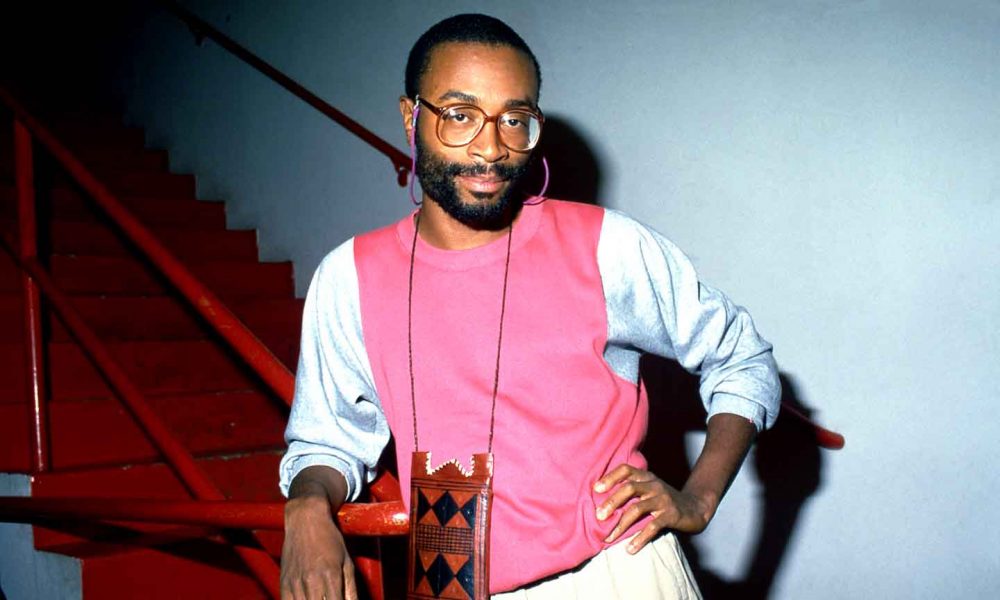
Imagine that: a Grammy-winning, platinum-selling, chart-topping album in the 2010s with no instruments anywhere on it. The massive success of the a cappella quintet Pentatonix may look like a whole new thing for pop music, but it’s really one of the oldest things there is. Long before there were million-dollar studios or Pro Tools, there were great singing voices, whether they came out of barbershop quartets, Baptist churches, or street corner doo-wop groups.
An a cappella revival
To some extent, you can credit five seasons’ worth of the hit TV show The Sing-Off for the latest a cappella revival. The American series, which aired on NBC from 2009 to 2014, applied the popular talent-contest format to strictly unaccompanied singing – creating a new vogue for a cappella, reviving the careers of judges Ben Folds and Shawn Stockman, and providing yet another outlet for Leonard Cohen’s “Hallelujah” (by now the “Louie Louie” of meaningful songwriting).
Formed to compete in the third season, Pentatonix won that year (2011) and went onto become the most commercially successful a cappella group in history, recording Christmas songs and pop standards (and, yes, “Hallelujah”) before putting their own material forward. They also proved that, with the proper studio production and vocalized rhythm tracks, an a cappella record could sound as sleek and modern as anything else on the radio.
While The Sing-Off was in full swing, the 2012 hit movie Pitch Perfect turned the spotlight on the long-running tradition of college a cappella groups. Such groups have been around since Yale’s Whiffenpoofs in 1909 – yes, the group that originated the song about the little lost lambs – whose members would eventually include Cole Porter and internet-era pop figure Jonathan Coulton. Indiana University’s group, Straight No Chaser, went onto pop success after a viral Christmas video in 2009 and have since signed to Atlantic and recorded with the likes of Stevie Wonder and Elton John (who both appear on their 2013 album, Under The Influence).
The early history of a cappella
Despite the long history of a cappella, relatively few hit records have ever been made with only voices. Even in the early days of pop music and rock’n’roll, when the singing voice was everything, there’d usually be at least a few musicians in the studio. One notable exception happened during 1942-43, when the American Federation Of Musicians went on strike for a number of months. During this time, Frank Sinatra cut about a dozen tracks with only a vocal chorus for accompaniment. These remain some of the loveliest – and at times, the mysterious – of his early recordings.
The 80s saw a mini-revival of a cappella, as the first unaccompanied song to hit the US charts in more than a decade (since Prelude’s oddball 1973 cover of Neil Young’s “After The Goldrush,” to be exact) came via Billy Joel with “The Longest Time.” True, Joel cheated just a bit. There’s a bass guitar and snare drum deep down in the mix, but the song hardly needs them; and it remains a homage to the sweet stylings of early 60s groups such as The Tymes (in case you didn’t get the song title’s pun). A similar nostalgic feel pervades Boyz II Men’s hit version of “In the Still of the Night,” released in 1991 but with its heart in the original doo-wop era. And Bobby McFerrin scored big with his 1988 single “Don’t Worry, Be Happy,” an a cappella hit with a twist: all those voices were made by one singer.
Breaking new ground
As usual, eternal maverick Todd Rundgren was ahead of the crowd, and his 1985 album, A Cappella, broke new ground for what one singer could do in a modern recording studio. Using only multiple overdubs of his own voice, Rundgren did everything from old-school harmonizing to building a prog mini-epic and a full-blown Motown production with the single “Something To Fall Back On” – at times feeding his voice into a sampler to create deep rhythms and orchestral sounds. This was likely the first album to find a bridge between electronica and a cappella, pointing the way towards the similarly progressive-minded Medúlla, released by Björk in 2005, and what Pentatonix are doing now.
Another institution that still going strong is The Persuasions. They remained together since the mid-60s (currently with two original members) and, to quote an early album title, they “still ain’t got no band”. They were virtually the only a cappella group to record throughout the 70s and 80s, and have turned up in some surprising places – Frank Zappa produced their 1970 debut, A Cappella, and the group released a tribute to him, Frankly A Cappella, in 2000. They’ve also devoted full albums to the Grateful Dead and U2 songbooks. Their 2017 release, a collaboration with Barenaked Ladies, is one of the only Persuasions albums that really does have a band; the Ladies mostly play while The Persuasions sing.
Two turntables and a microphone
A cappella has also been a constant in the hip-hop world, since the early days of two turntables and a microphone. When they were working the South Bronx street parties, the original MCs had to be ready to freestyle in case the sound system broke down; early stars such as Run-DMC and LL Cool J later included such moments in their live shows. It wasn’t unusual to find an a cappella mix on the B-side of a hot 12” (the Tommy Boy label was especially big on this; check the roof-shaking vocals-only mix of James Brown and Afrika Bambaataa’s “Unity”). A cappella mixes of modern rap classics such as Jay Z’s Black Album and Nas’ Stillmatic have also been circulating for years.
More recently, the rap world gave us what may be the strangest a cappella album ever made. It started when the inventive duo Run The Jewels launched a Kickstarter campaign, facetiously promising that if anyone contributed $40,000 toward their second CD, they’d remix their first one and replace all the instruments with cat noises. Sure enough, a group of fans came through and the result was Meow The Jewels, which matches the two rappers with kitty trills, howls, hisses, and deep bass via a slowed-down purr.
Great a cappella, after all, is about the glories of the naked voice. We never said that voice had to be human.

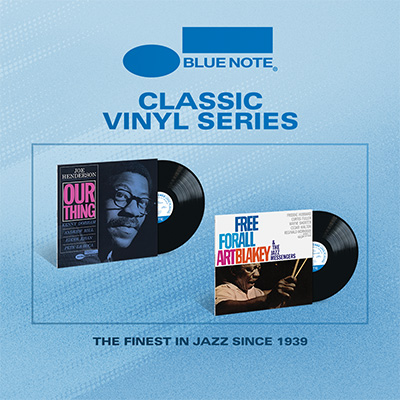



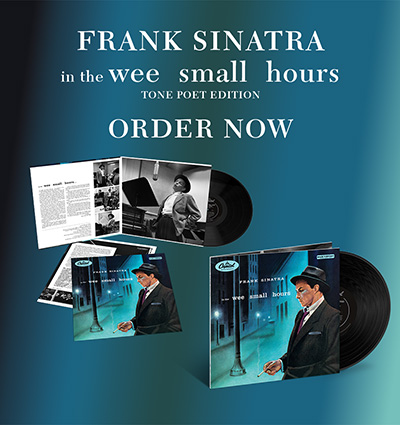
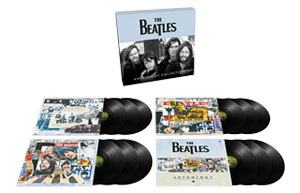

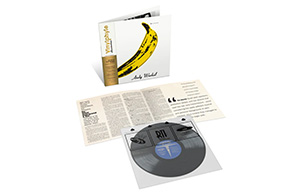
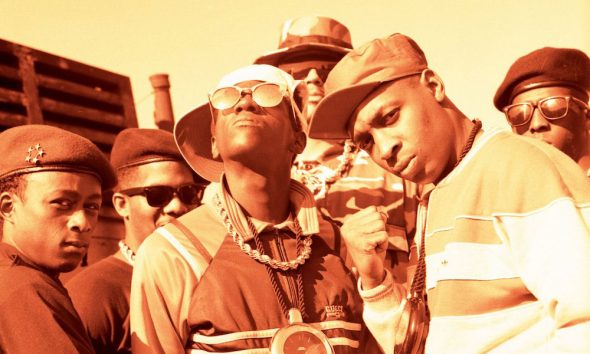
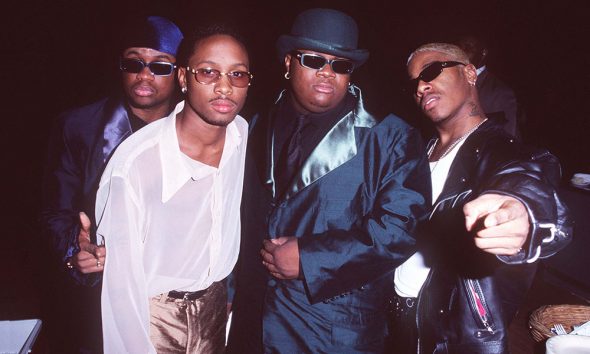
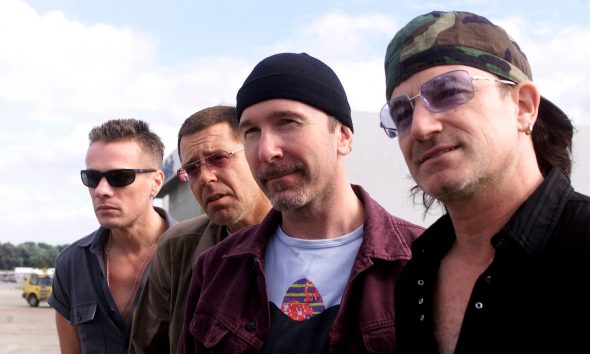
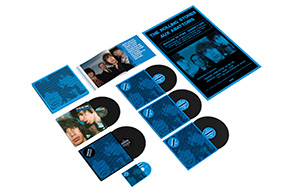
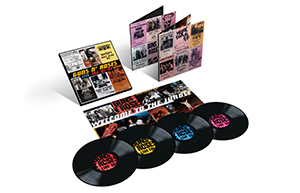
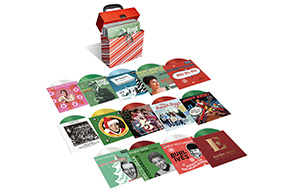
Brian Curtis
July 19, 2017 at 4:45 pm
How about The Nylons? They’ve had a fairly long recording career, since circa 1982, including a hit cover of Steam’s “(Na Na Hey Hey) Kiss Him Goodbye.”
Or perhaps Rockapella, probably best remembered from their theme to the PBS TV series “Where In The World Is Carmen Sandiego?”
Ruben Lugo
July 21, 2021 at 8:32 pm
You need to come out with a list of greatest a cappella song.